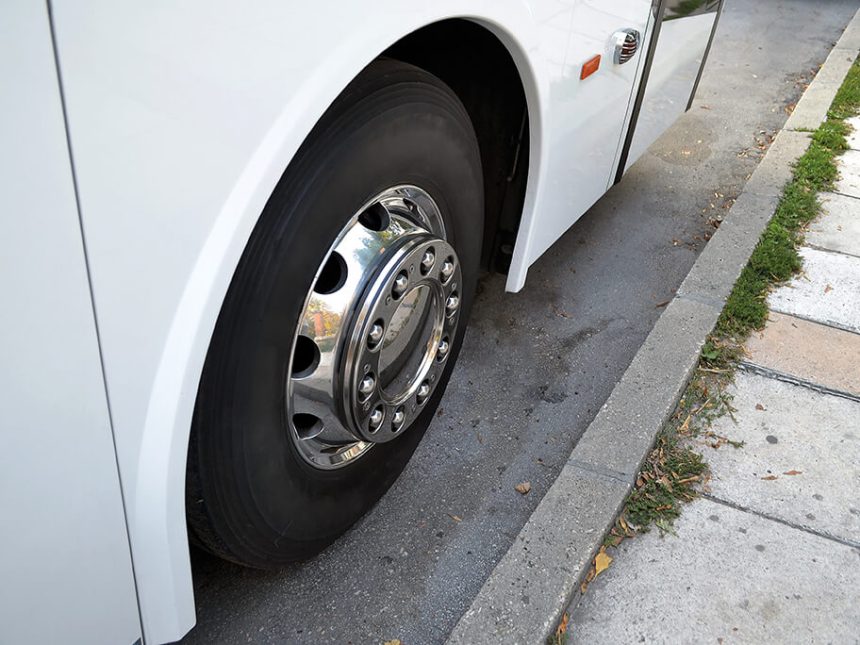One of my vehicles received an ‘S’ marked prohibition for tyre damage. The tyre was replaced, but is there anything else I need to do at this stage?
An ‘S’ marked prohibition for tyre defects is the most common scenario leading to a Public Inquiry. The ‘S’ indicates DVSA considers the defect demonstrates significant failings in your compliance regime — in other words, your maintenance systems should have identified the defect.
The prohibition should put you on notice of a potential weakness or gap in your compliance systems (in this case, drivers’ daily defect reporting, PMIs and/or tyre management) that presents risk for your O-Licence.
Use the opportunity to:
- Thoroughly investigate the prohibition (record details in writing) to identify the root cause. This might involve training or disciplinary action for a driver or technician, but should also involve reviewing and amending the relevant systems to prevent repetition of the issue;
- Review and audit all your compliance systems. If you have a weakness in one area of compliance, you may — and, in most cases, will — have a “blind spot” elsewhere. Addressing these at this early stage puts you in a much stronger position if DVSA turns up to investigate either via a maintenance investigation or desk-based assessment, which it usually will;
- Consider pro-actively sharing details of your investigation and wider systems review with DVSA and/or the Traffic Commissioner to try to prevent further intervention.
Experience consistently tells me that operators which take immediate and effective action to respond to an issue and seek specialist legal advice at the earliest stages fare far better when DVSA or the Traffic Commissioner become involved.
I have read about the need to follow various procedures when making CCTV and audio recordings from equipment fitted to my vehicles. What are those procedures?
Last year, the Information Commissioner’s Office (ICO) published guidance on monitoring workers. Operators can monitor workers under data protection (DP) laws only as long as they are compliant with DP rules and regulations.
To lawfully collect and process personal data from monitoring workers, operators must identify a lawful basis (this can be obtaining consent from the worker) unless there is a legitimate contractual or legal obligation. If the monitoring is for performing tasks in the public interest with a clear legal basis, if the operator has a legitimate interest (as long as it does not infringe on workers’ rights to privacy), or if the monitoring is necessary to protect someone’s life, operators may rely on these lawful bases. An operator may be able to identify one or more lawful bases for processing personal data via the monitoring of workers.
There are stricter rules for collecting special category data. If CCTV or audio recordings reveal the worker’s race, religion, political opinion, sexual orientation, criminal offence history, etc, more protections are afforded to workers due to the sensitive nature of the information. Operators must have a separate condition for processing such data, as DP legislation generally prohibits processing of special category data.
Before any CCTV or audio recording equipment is fitted to vehicles, operators should strongly consider completing a Data Protection Impact Assessment (DPIA). Due to the sensitive nature of the personal data that a CCTV or audio recording system captures, completing a DPIA is key to demonstrating you have considered, in detail, how you can lawfully implement CCTV and audio recording. This is an important accountability tool and includes provisions to discuss plans to introduce monitoring with workers as well as considering anyone else, such as passengers, captured by monitoring.
Communication with employees and implementing clear organisational policies are also essential steps. Operators would need to engage with staff prior to implementation and ensure new members of staff are aware of the monitoring when employment begins.
Answers by Laura Hadzik, Partner; James Harvey, Solicitor; Nosheen Akhtar, Trainee Solicitor – JMW Solicitors



























